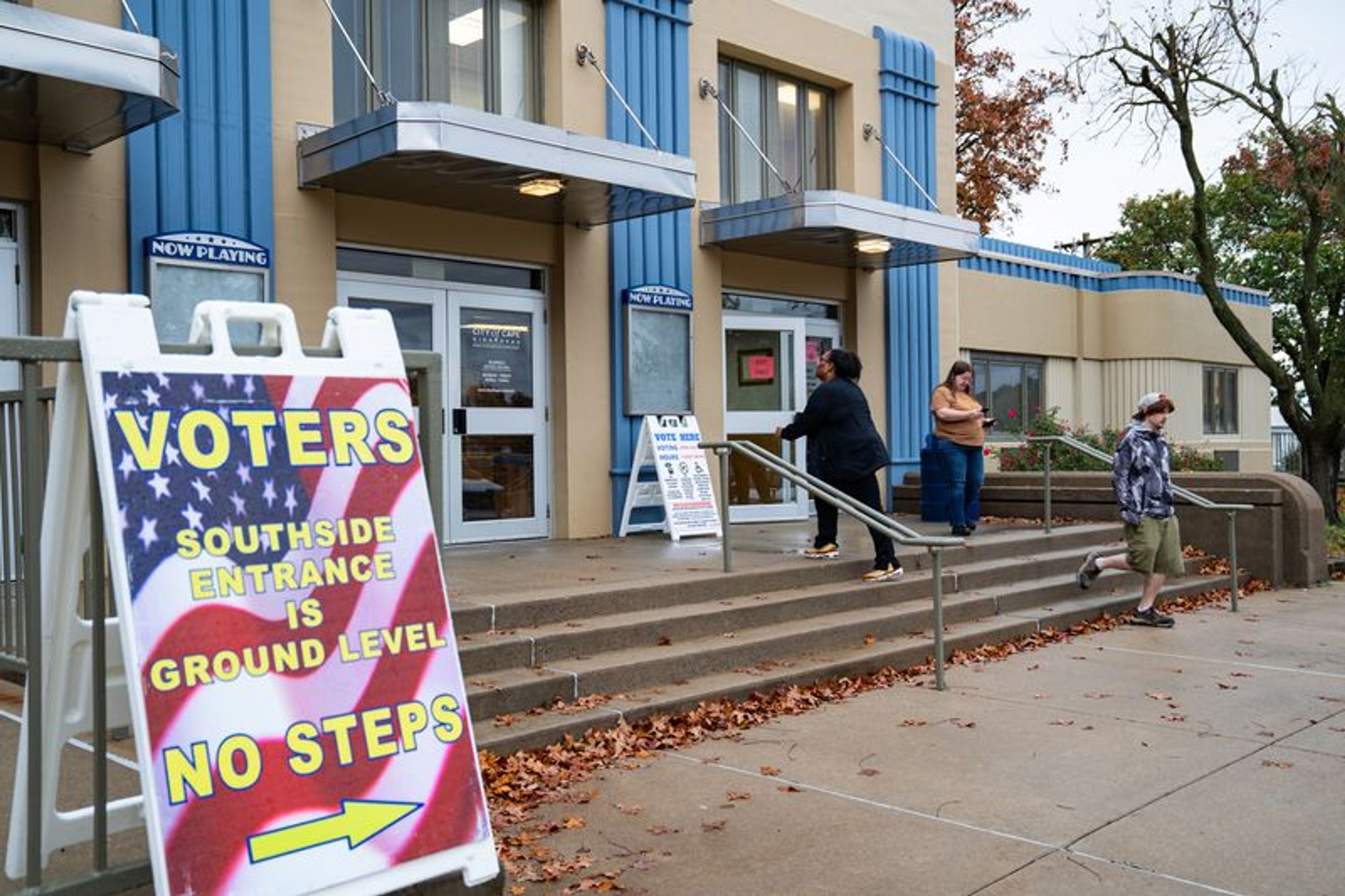MISSOURI WATCH: LOST: 24,000 STATE EMPLOYEES
JEFFERSON CITY -- Reporters whose job is to explain state government -- and keep politicians honest -- sometimes spend long hours crunching a multitude of numbers, from dollars to employees. Let's take Missouri's payroll as one example. The numbers gleaned from the executive budget, requiring a tally of requests from 16 different funding summaries, total 50,614 full-time equivalent employees, or FTEs. ...
JEFFERSON CITY -- Reporters whose job is to explain state government -- and keep politicians honest -- sometimes spend long hours crunching a multitude of numbers, from dollars to employees. Let's take Missouri's payroll as one example.
The numbers gleaned from the executive budget, requiring a tally of requests from 16 different funding summaries, total 50,614 full-time equivalent employees, or FTEs. Fiscal notes, however, make clear that employee totals for state-supported colleges and universities aren't included, even though the governor's budget total exceeds the population of all but six cities in Missouri.
In order to secure totals for colleges and universities I turned to the agency that was created to be the higher educational clearing house for the state, the Coordinating Board for Higher Education. Due to a variety of reasons, it turns out this agency doesn't keep track of anyone employed by the state who isn't listed as a full-time employee. But I secured the totals the agency has compiled, and they indicate Missouri's 29 two- and four-year colleges and universities employ 21,529.
If I add the 50,614 FTEs from the executive budget and the 21,529 from the latest available numbers from higher education, I get 72,143, a figure that comes fairly close to the statistical abstract published by the College of Business and Public Administration at the University of Missouri-Columbia. That publication lists 21,100 employed by state colleges and 55,100 who work for the remainder of state government.
Well, that settled it then, until I began trying to confirm these totals with still another state office that keeps tabs on employment in Missouri: the Division of Employment Security. And that's where I discovered some 23,957 workers are missing. An official at DES confidently gave me the total employment figure for state government in Missouri: 96,100.
A final source, the U.S. Bureau of the Census, supposedly the last word on how many men and women work for the state, says Missouri's total payroll includes the names of 90,424 workers, 68,436 of whom are full-timers and 74,040 who only work part-time. In case you're wondering what an FTE is, it's a combination of part-time workers who, when their weekly hours are added together, make full-time employees. A state budget official explains that some state and federal agencies differ on what constitutes an FTE.
In desperation, this reporter threw himself on the mercy of a few patient but still friendly people in the Division of Personnel in the Office of Administration, the statistical office of the Division of Employment Security in the Department of Labor and Industrial Relations and the U.S. Census Bureau in Washington, D.C.
Together, these experts begin to identify various state agencies that employ large numbers of part-time workers. For example, the four campuses of the University of Missouri at Columbia, Rolla, Kansas City and St. Louis are big-time employers of 3,800 part-timers, namely their own students. These young men and women fill a variety of jobs for their alma mater from clerical to food services to custodial.
The students work to supplement their incomes, and the campus business officers are delighted to have such well-educated workers. All tax-supported state colleges and universities employ part-time some 11,276 students and their spouses in another job classification that a now-beleaguered reporter invented out of the air: Non-FTEs.
Another helpful DES official, Tom Hammond, a recognized statistical whiz in his agency, suggested still another agency that quite possibly had numerous part-timers, even though many are destined to do full-time before they have free time: guests of the Missouri Department of Corrections.
I turned to budget officers with the DOC and learned something else vocationally surprising: every one of the 17,000-plus inmates draws $7.50 a month in order to purchase personal toiletry items at commissaries. The state doesn't furnish such items as tooth paste, shaving supplies and shampoo, but gives each inmate enough money to purchase them himself. Despite the $7.50 paycheck, all inmates aren't counted as part-time workers. But the DOC does have several hundred who are classified in this way by virtue of their work in several factories and workshops within the walls of several of the state's penitentiaries.
Inmates work at these plants to manufacture such diverse items as license plates and furniture as well as auto and truck repair. These are called premium jobs in prison vernacular since workers are paid, depending on their skills and performance records, varying hourly rates. In addition, the department has numerous inmates who are drawing minimum and above wage scales while on work-release programs.
The reason it's virtually impossible to determine the part-time employee total for the state is because in most cases the funds are not specifically marked as personal services or labor. Most often the expenses for these workers come from programs placed into effect by the agency, with part-time workers making up only one portion of the program's total cost.
Although nothing is impossible, it is probably not possible to determine how many part-time state employees and workers make up the missing 24,000 non-FTEs. A safe estimate is that as many as 75,000 men and women could be involved in a statistical transformation to become nameless but nevertheless budgetary correct 24,000 eight-hours-a-day full-time state workers.
Some questions are probably better left unasked.
~Jack Stapleton is a Kennett columnist who keeps track of state government.
Connect with the Southeast Missourian Newsroom:
For corrections to this story or other insights for the editor, click here. To submit a letter to the editor, click here. To learn about the Southeast Missourian’s AI Policy, click here.








